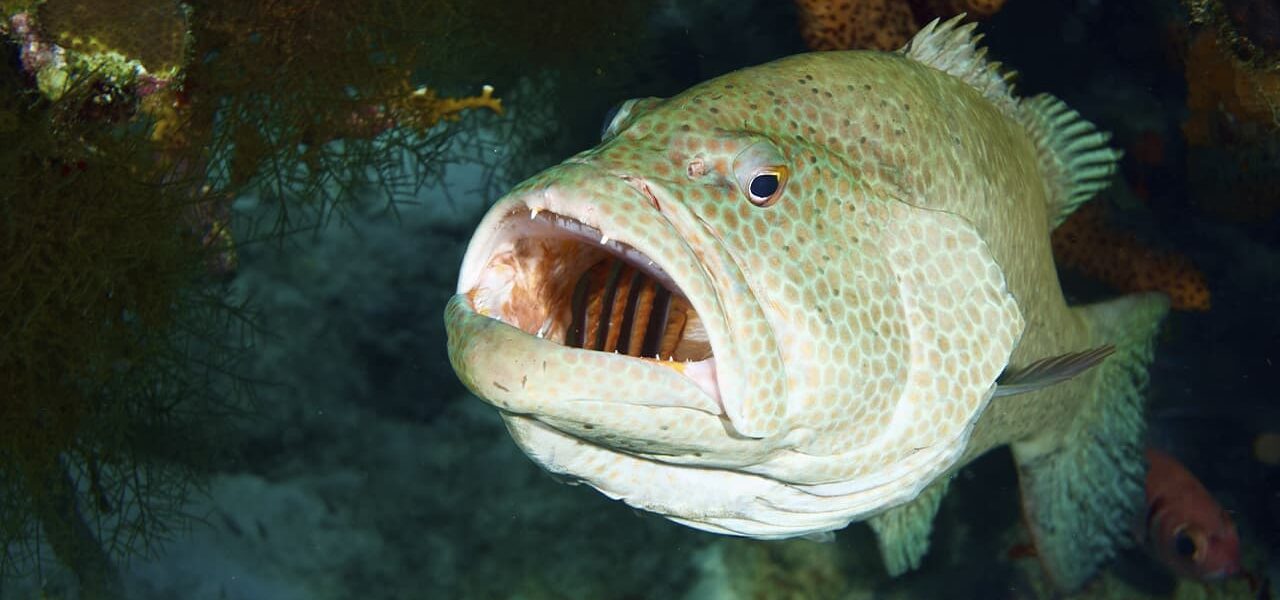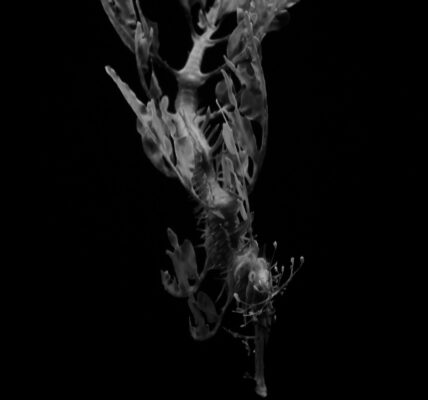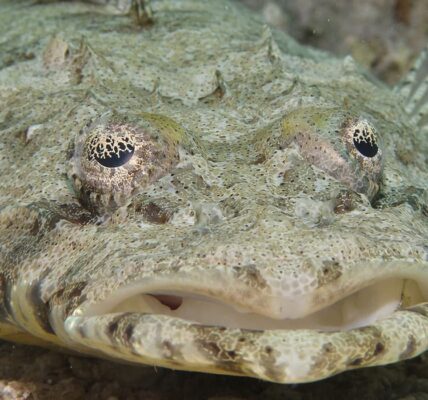The saber-toothed animals that once inhabited our planet are long since extinct, aren’t they? Well, no! At least one living species can be safely attributed to the saber-toothed family. This is a long-horned saber-tooth. This small fish, of course, bears little resemblance to saber-toothed cats, but its appearance would probably frighten a saber-toothed tiger. Many biologists even recognize this ocean monster as the scariest creature on the planet.
The saber-tooth’s head is large, with massive jaws. The eyes are small, compared to the size of the head. The body is dark brown or almost black, strongly compressed on the sides, and in compensation for the small eyes there is a well-developed lateral line running high on the back of the fish. In the mouth of the fish, two long fangs grow on the lower jaw. In relation to the length of the body, these teeth are the longest of any fish known to science. These teeth are so large that when the mouth is closed they are placed in special grooves on the upper jaw. For this purpose, even the brain of the fish is divided into two parts to make room for the fangs in the skull.
Sharp teeth, curved inside the mouth, cut off the possible escape of the victim at the root. Adult saber-tooths are predators. They prey on small fish and squid. Young ones also filter zooplankton out of the water. In a short period of time, the sabertooth can swallow as much food as it weighs. Despite the fact that not much is known about these fish, we can still conclude that saber-tooths are rather ferocious predators. They keep in small flocks or singly, making vertical migrations at night to hunt. Having had enough of “walking around”, the fish descend to greater depths during the day, resting before the next hunt.
By the way, it is possible that this frequent migration to the upper layers of water explains a good tolerance of low pressure sabertooths. Fish caught near the water surface can live for up to a month in an aquarium in running water.
However, despite their formidable weapons in the form of huge fangs, sabertooths are often preyed upon by larger oceanic fish that descend to deeper water to feed. For example, the remains of sabertooths are routinely found in caught tuna. In this, they are similar to the axefish, which also make up an important part of the tuna’s diet. And the number of finds suggests that the saber-tooth population is quite significant.
Young saber-tooths do not resemble adult fish at all, which is why at first they were even assigned to a different genus. They are triangular in shape and have four spines on the head, for which they were called “horned”. The young have no fangs either, and the coloration is not dark but light brown, and only on the belly there is a large triangular spot, which “stretches” over the whole body.
Sabertooths grow quite slowly. Scientists assume that the fish can reach the age of 10 years.



